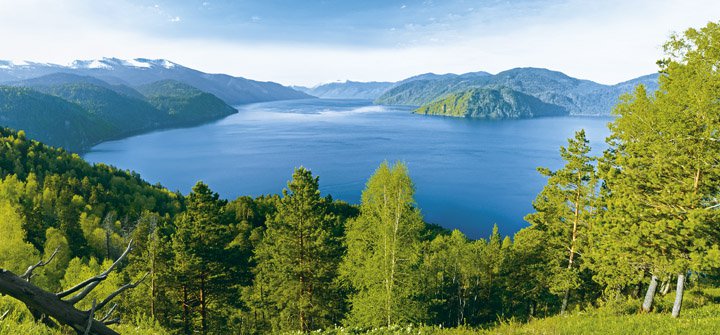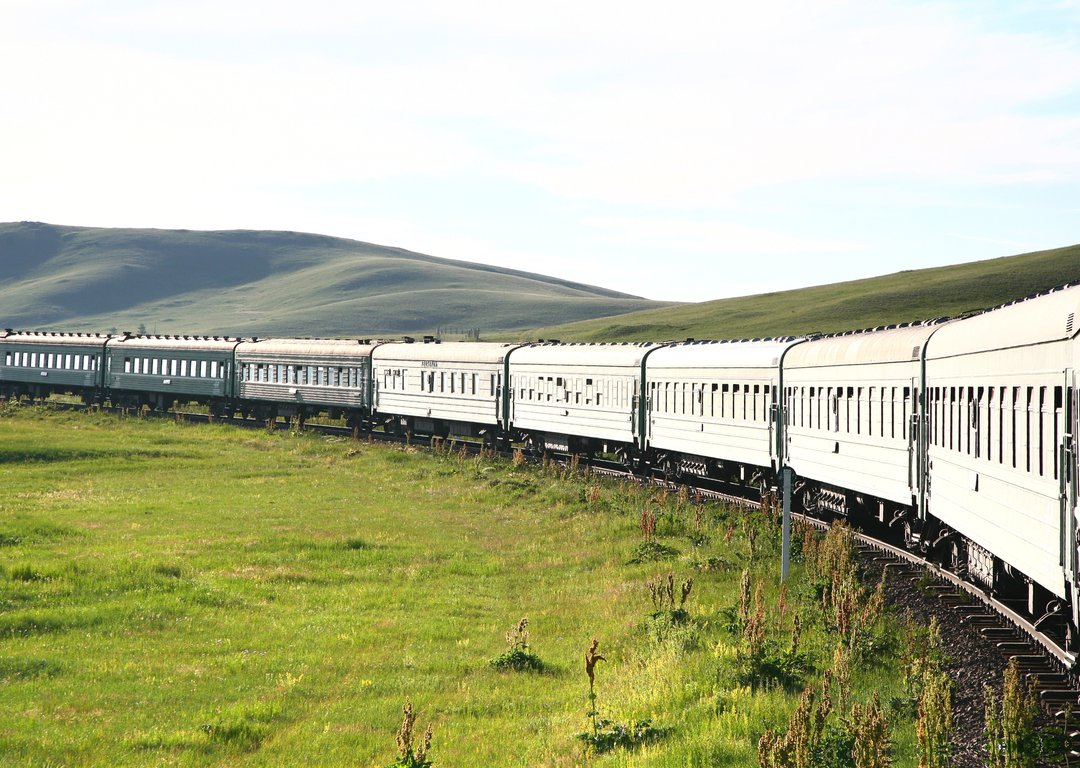 LAKE BAIAKL LANDSCAPES
LAKE BAIAKL LANDSCAPES➤Arrival in Severobaikalsk
➤Meet and greet at the train station
➤Transfer to the hotel and check-in
➤The Museum of BAM Construction
 BAM ROUTE
BAM ROUTEThe BAM was built as a strategic alternative route to the Trans-Siberian Railway, especially along the vulnerable sections close to the border with China. The BAM's costs were estimated at $14 billion, and it was built with special, durable tracks since much of it was built over permafrost. Due to the severe terrain, weather, length and cost Soviet premier Leonid Brezhnev described BAM as "the construction project of the century".
The route of the present-day BAM first came under consideration in the 1880s as an option for the eastern section of the planned Trans-Siberian railway. In the 1930s labour-camp inmates, in particular from the Bamlag camp of the Gulag system, built the section from Tayshet to Bratsk. In a confusing transfer of names, the label BAM applied from 1933 to 1935 to the project to double-track the Trans-Siberian east of Lake Baikal, constructing largely using forced labour.
In March 1974, Soviet General Secretary Brezhnev proposed that the BAM would be one of the two major projects in the Tenth Five Year Plan (1976–80). He famously stated that "BAM will be constructed with clean hands only!" and firmly rejected the suggestion to again use prison labour. A few weeks later he challenged the Young Communist League (Komsomol) to join in "the construction project of the century".
In September 1984, a "golden spike" was hammered into place, connecting the eastern and western sections of the BAM. The Western media was not invited to attend this historic event as Soviet officials did not want any comments about the line's operational status. In reality, only one-third of the BAM's track was fully operational for civilians, due to military reasons. The BAM was again declared complete in 1991. By then, the total cost to build the line was US$14 billion.